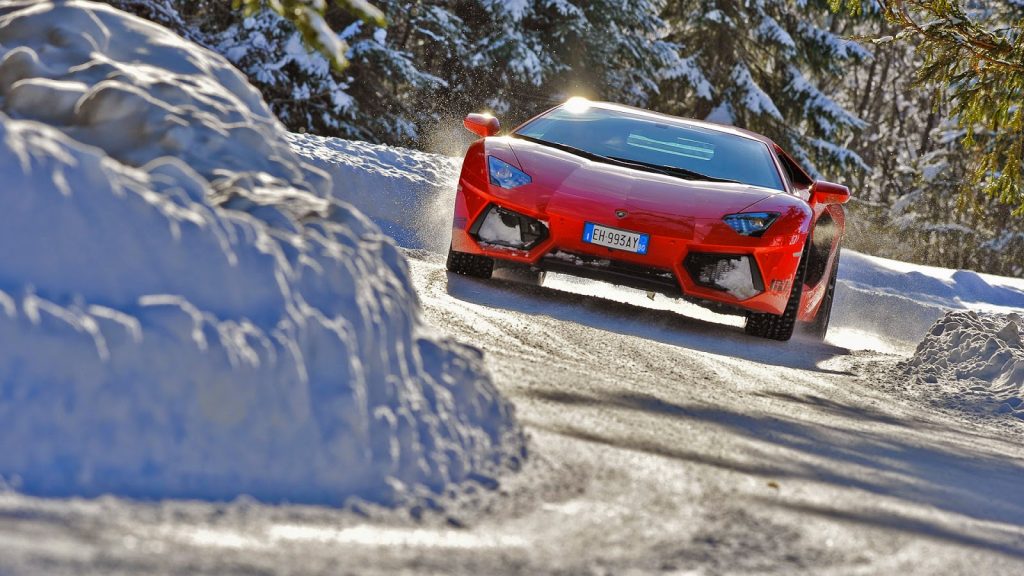
Winter is a dangerous time of year to be driving, with plummeting temperatures and slippery snow turning many roads into a danger zone. The cold temperatures can also wreak havoc on your vehicle’s condition, affecting the tires, battery, paint, and much more. Luckily, there are some steps you can take to keep your car safe in the winter season.
Here are 5 tips for keeping your car safe in cold temperatures.
1. Park in a Garage
It’s often advised to keep your car covered in the winter, especially if you don’t have a garage to park it in. Prolonged exposure to snow, ice, and cold temperatures can take its toll on your vehicle’s paint finish and lead to a build-up of moisture when the ice melts, causing further damage.
If you don’t have a garage, perhaps consider a carport or similar structure from somewhere like Car Ports and More to help keep your vehicle protected from the elements. Your vehicle might still be cold if it’s under a carport, but at least it’s shielded from heavy snowfall. Snow can damage your vehicle AND it takes longer to begin a journey due to clearing the snow off.
2. Check your fluids
In winter, your car’s essential fluids are more likely to thicken up or freeze, causing unforeseen problems down the line. Constantly check your vehicle’s liquids to make sure they’re not thick or frozen due to the weather. It should go without saying, but antifreeze levels need to be regularly topped up in colder conditions.
Winter can affect your vehicle’s fluids in ways you might not even think about. For example, your power steering fluid could become thicker, reducing the effectiveness of your steering. You can also have problems with your engine coolant (despite the name), affecting your engine’s ability to run safely and efficiently.
3. Monitor your windshield washers
I know this one from personal experience. If your vehicle has been covered in snow or left out in very cold conditions, it’s probably covered in ice/frost in several areas. When you’re de-icing your vehicle, don’t forget to de-ice the windshield washer nozzles too, as they can freeze over and prevent windshield washer fluid from spraying out.
It may seem like a small cautionary tip, but if your windshield spray and/or wipers aren’t working properly due to being frozen over, you could end up in a very dangerous situation should the weather turn or your windshield become dirty. Don’t risk it! Also, make sure that your windshield washer fluid is winter-friendly – some are designed to withstand very cold temperatures.
4. Look at your tire pressure
When temperatures plummet, your vehicle’s tire pressure will fluctuate a lot, and that’s pretty dangerous. Generally speaking, your tire pressure will drop in the winter, so it’s a good idea to regularly monitor your tire pressure and check that it’s within the acceptable range. While you’re checking the pressure, make sure that your tires are in good condition for the icy roads.
If the driving conditions are particularly snowy or icy, you might want to get special winter tires for your vehicle that are better equipped with snow. Ideally, avoid driving in snowy conditions altogether as your braking distances can be increased by up to 10 times! Work from home or keep the kids off school – it’s not worth the risk to you and your vehicle.
5. Change your battery
If your battery is more than 3 or 4 years old, consider getting a new one before winter arrives. Car batteries have to work a lot harder in winter because it’s difficult for them to start in the colder weather – you might notice a delay in how long it takes your vehicle to start when it’s cold.
Winter also puts more pressure on the battery because you tend to use more of the car’s electronics when it’s cold. For example, you might use the heater, use your lights more, and use the windshield wipers to clear snow from the windshield. All of this electronics usage in cold weather can be difficult for your battery to cope with.
While you’re checking your electrics, it’s a good idea to make sure that all your lights are working in the winter season. Ask a friend or family member to operate your car’s lights while you walk around and check they’re all in working order – in snowy conditions, we often rely on our lights to make our presence more obvious with the reduced visibility.
I hope you enjoyed these tips for keeping your car safe in the winter season! Winter can be stressful enough without having to worry about your car too, but hopefully these tips will help you to minimize the chances of damage to your vehicle. Drive safe!
